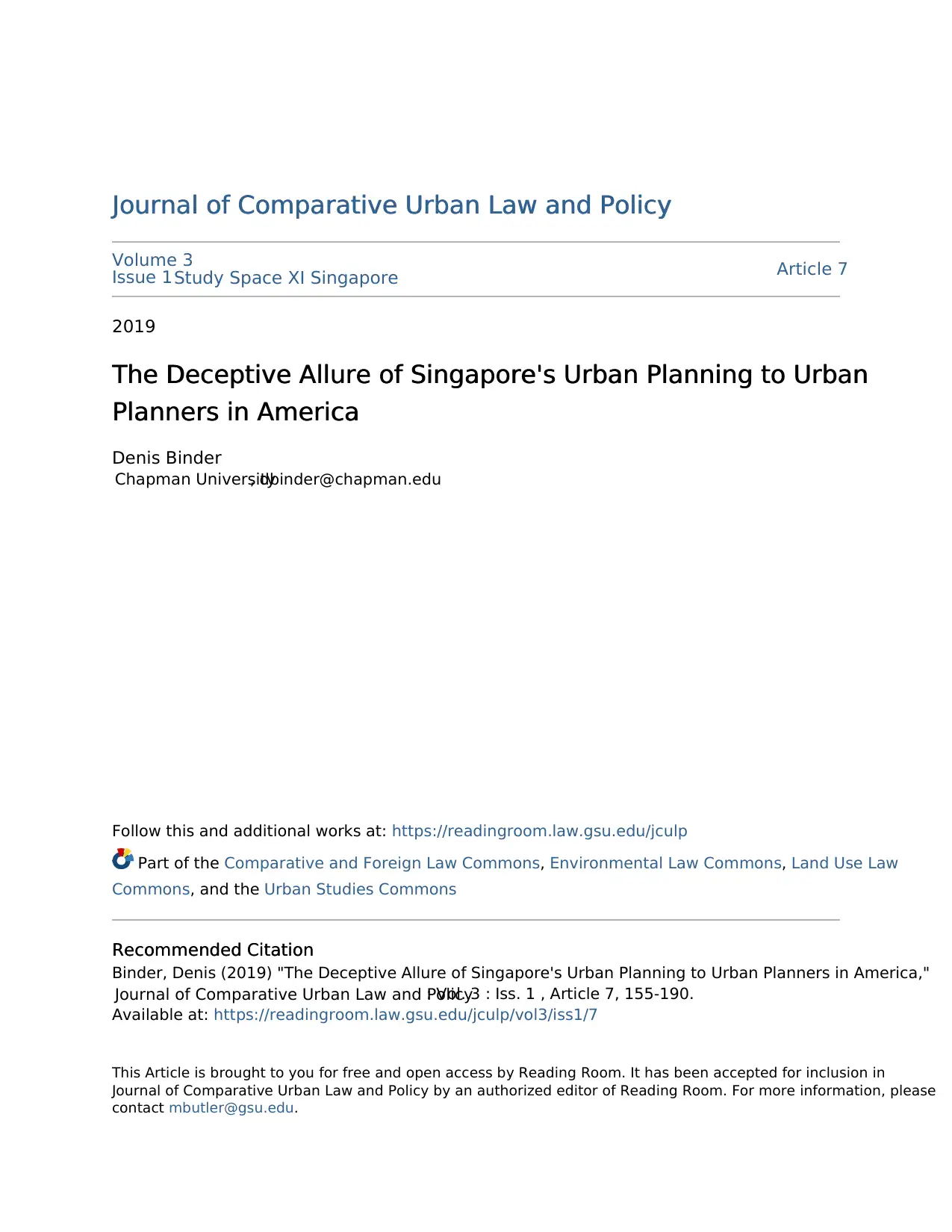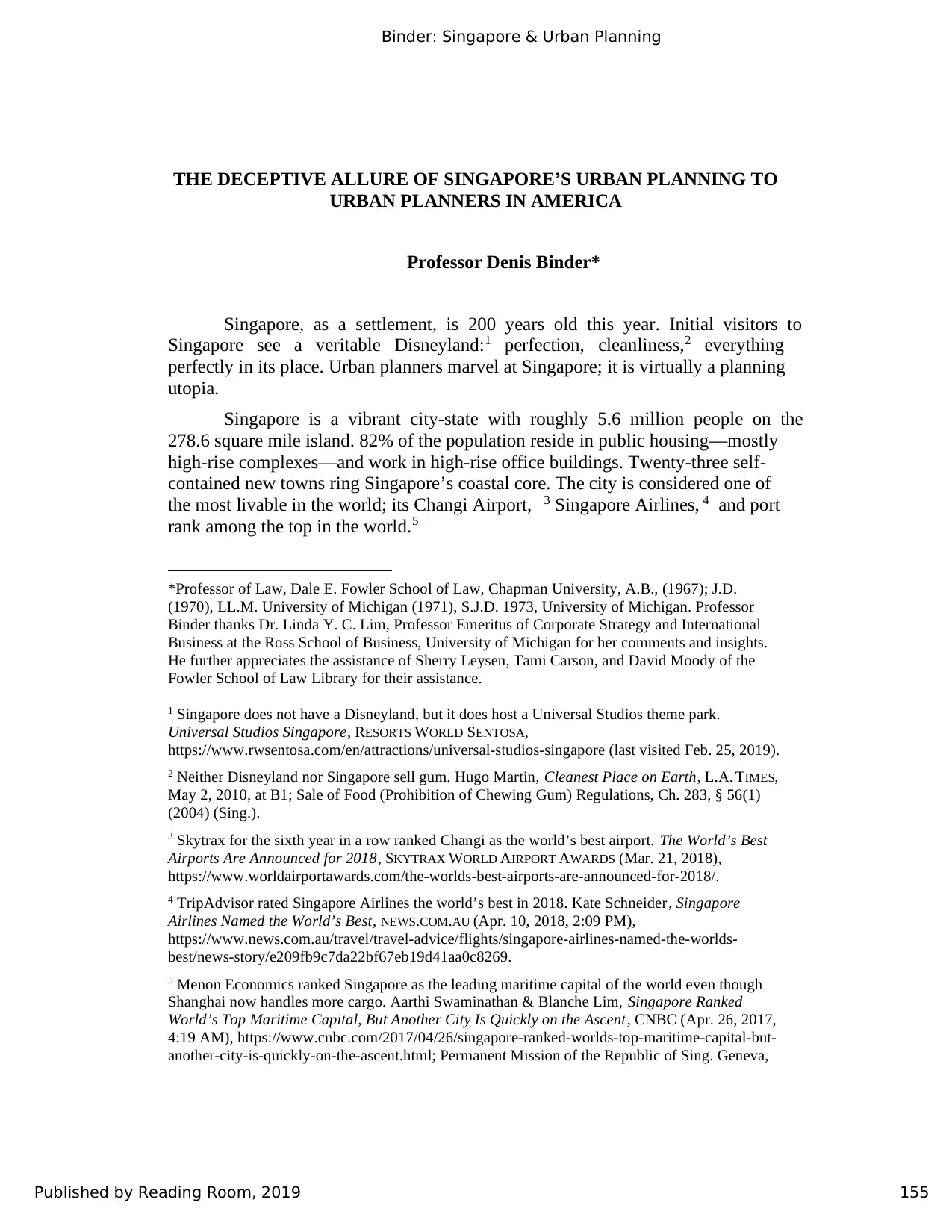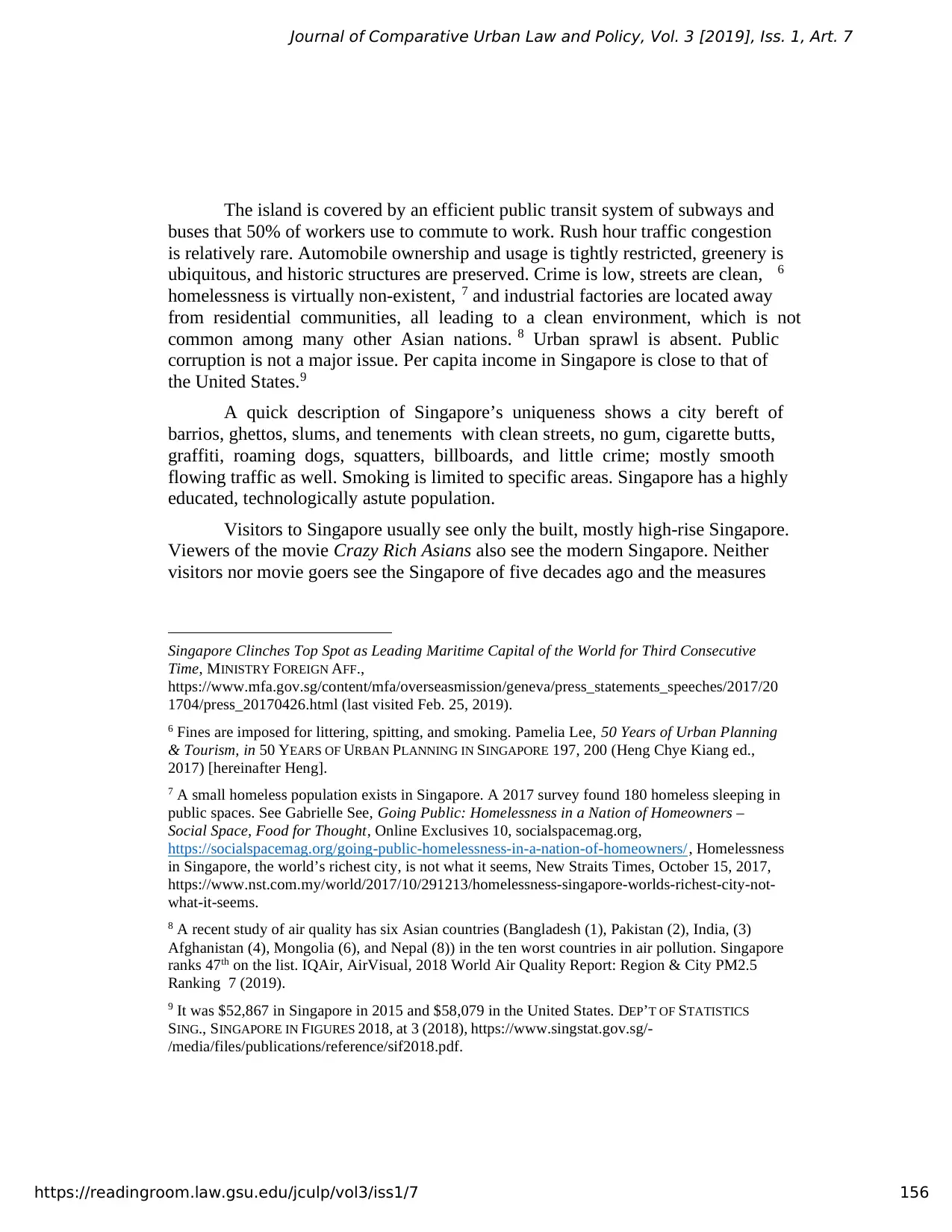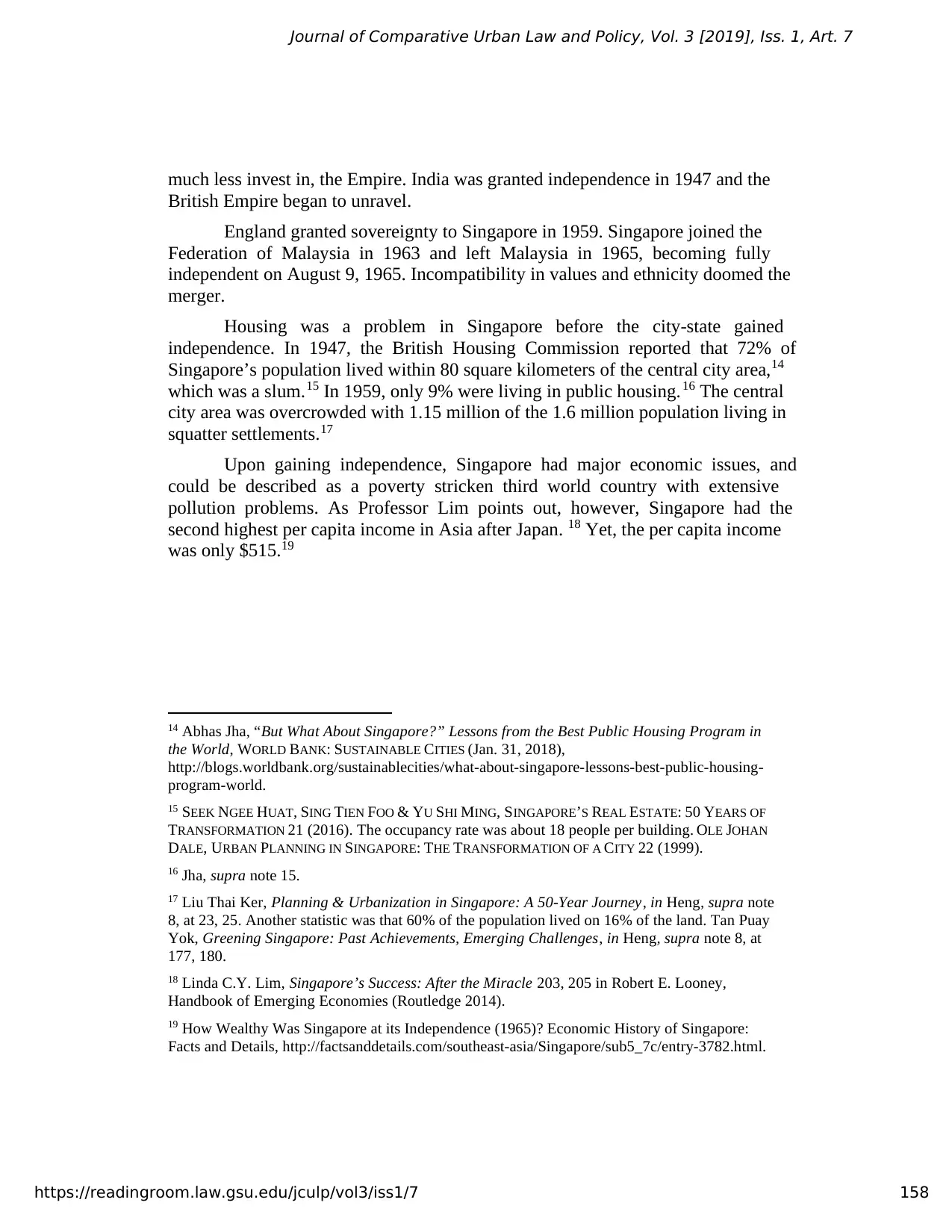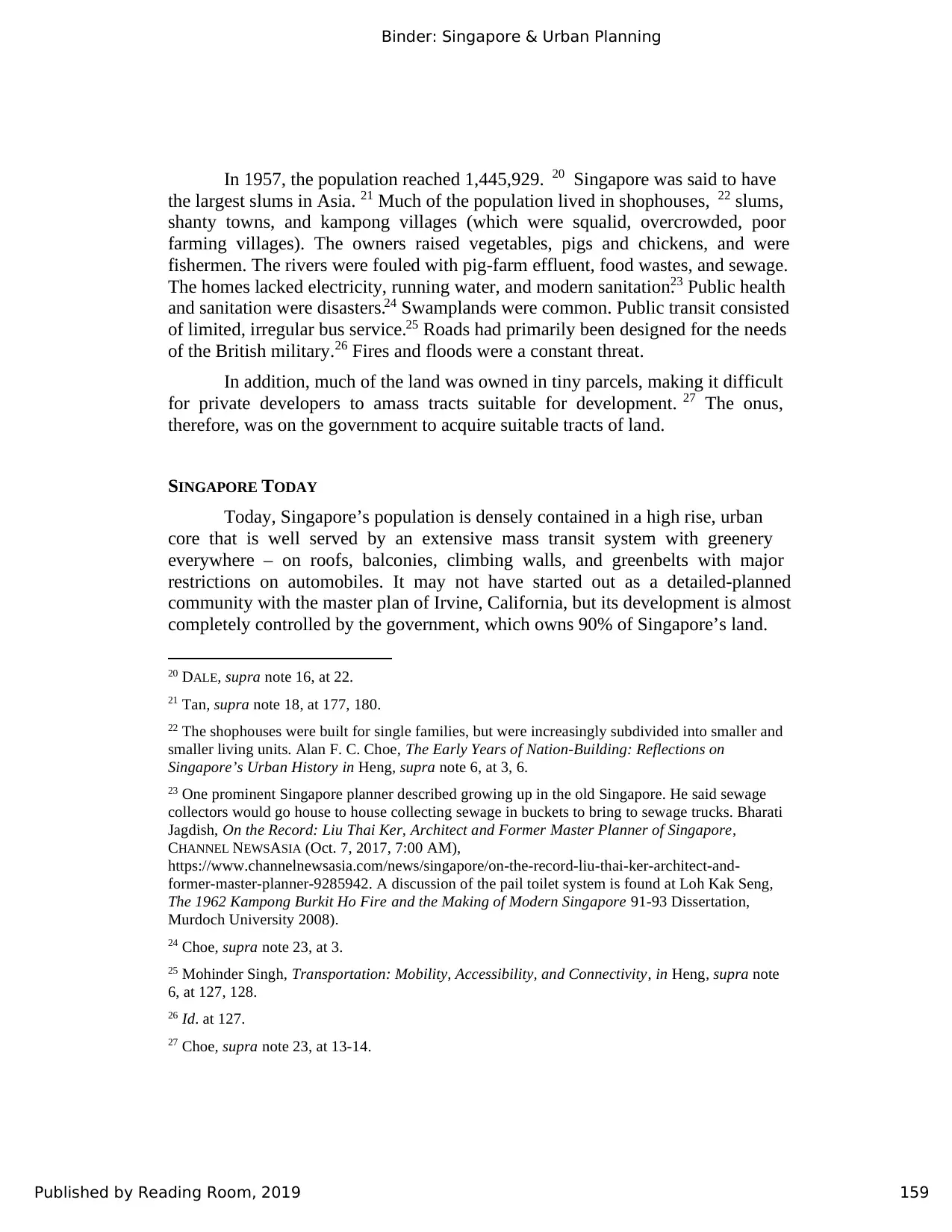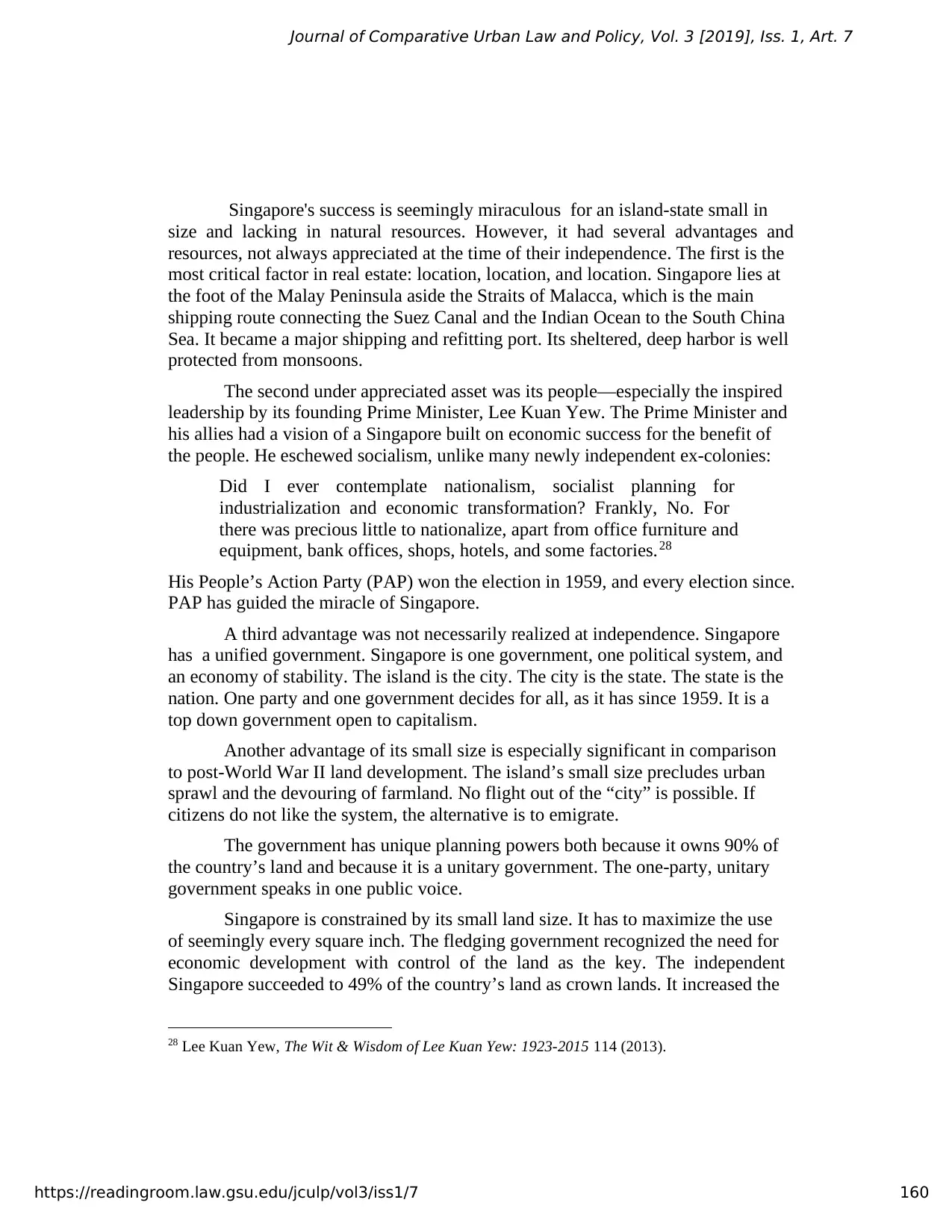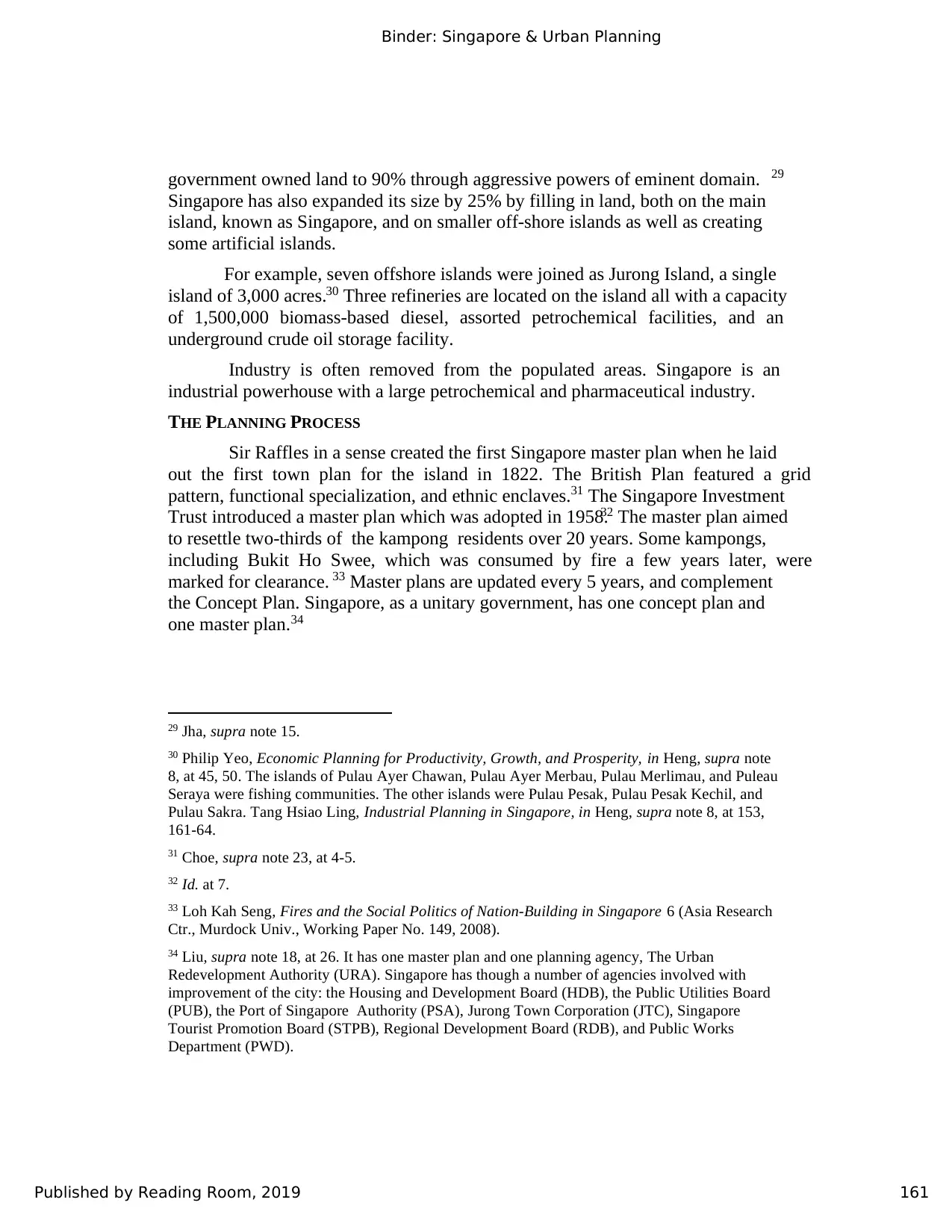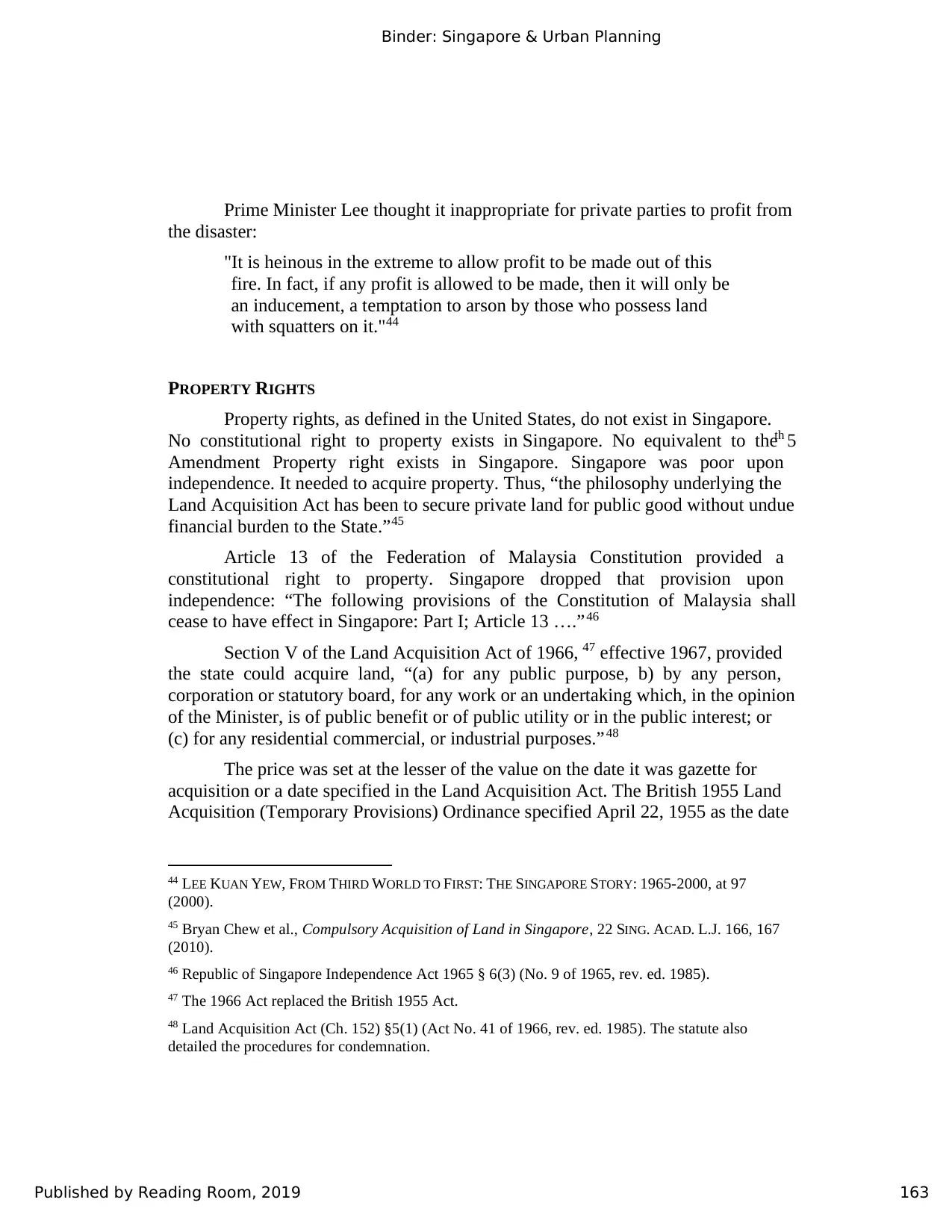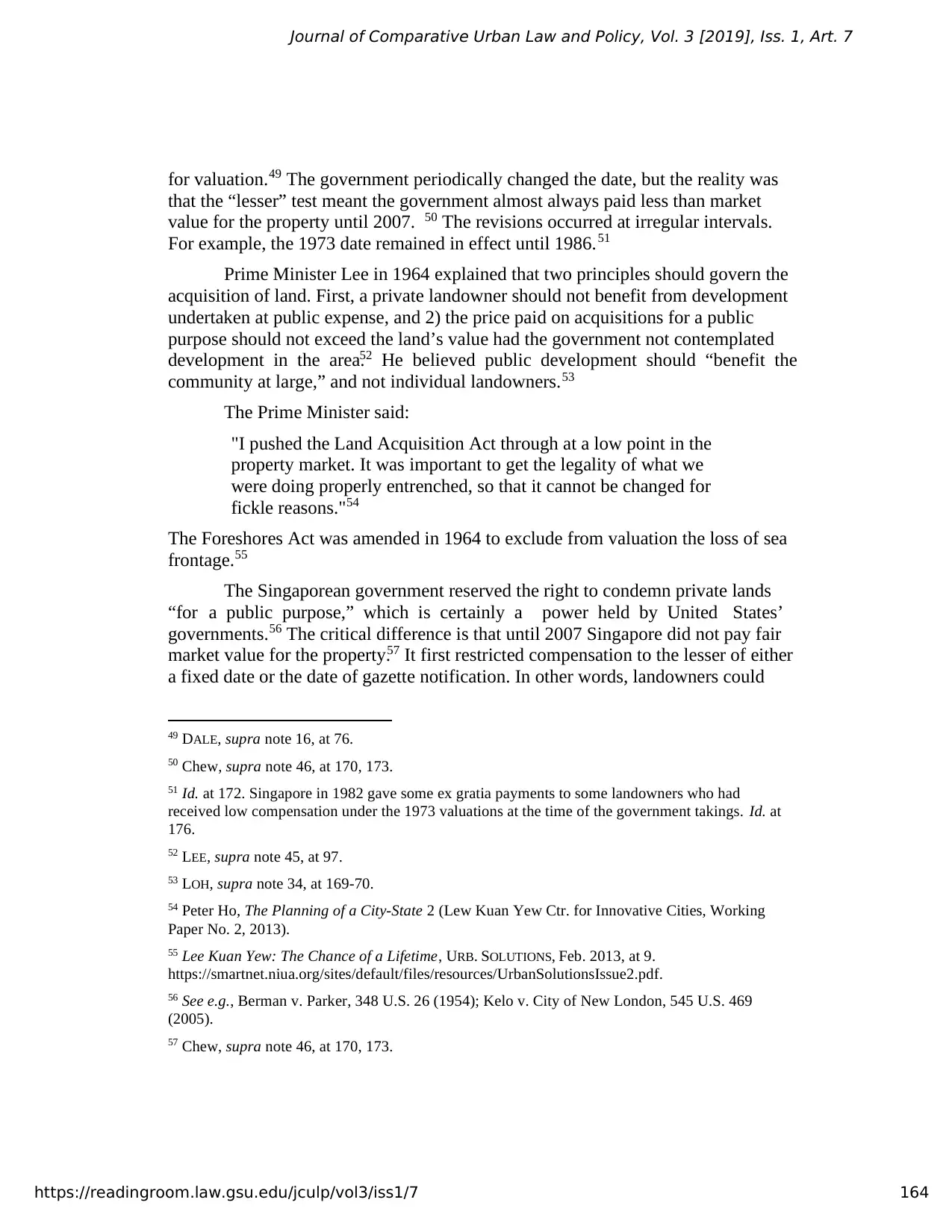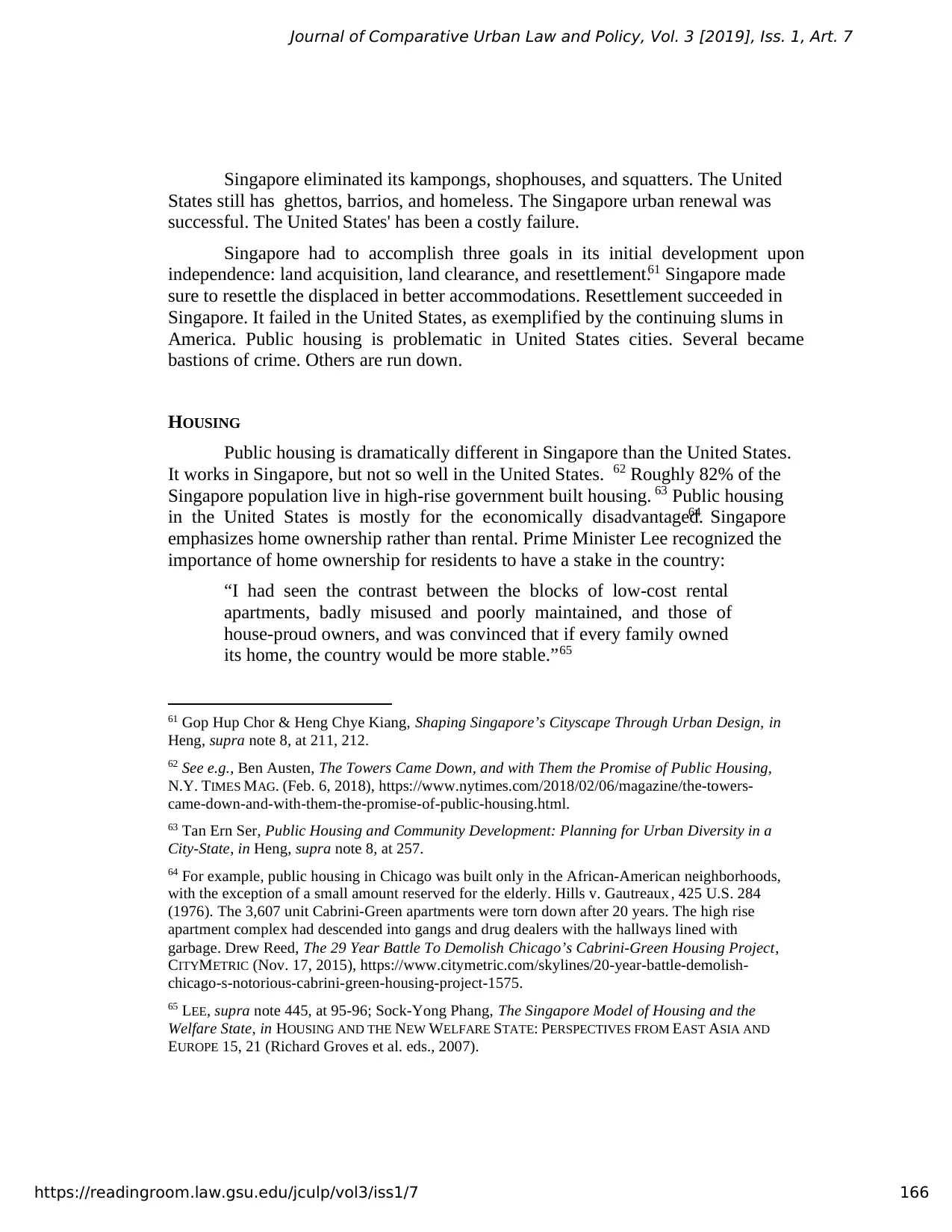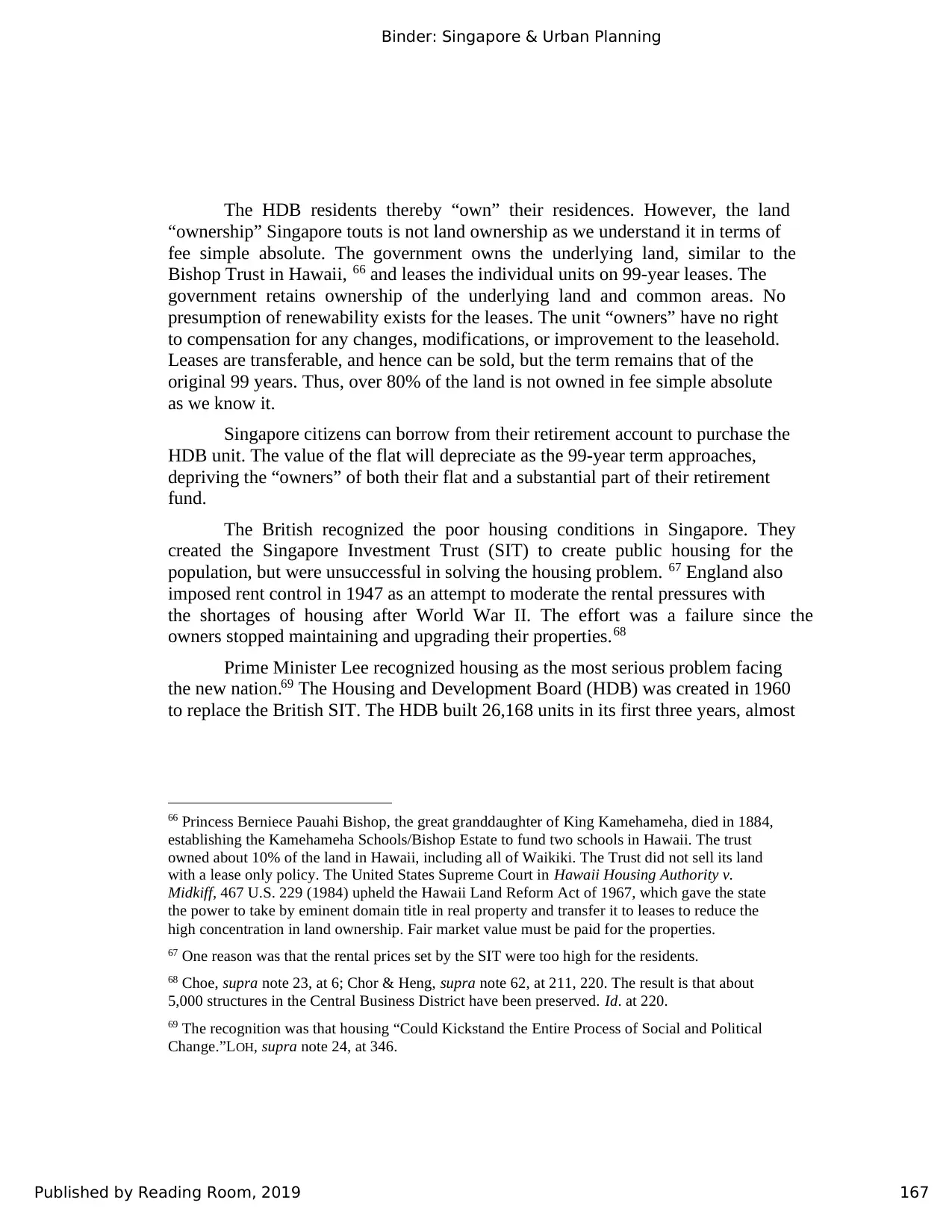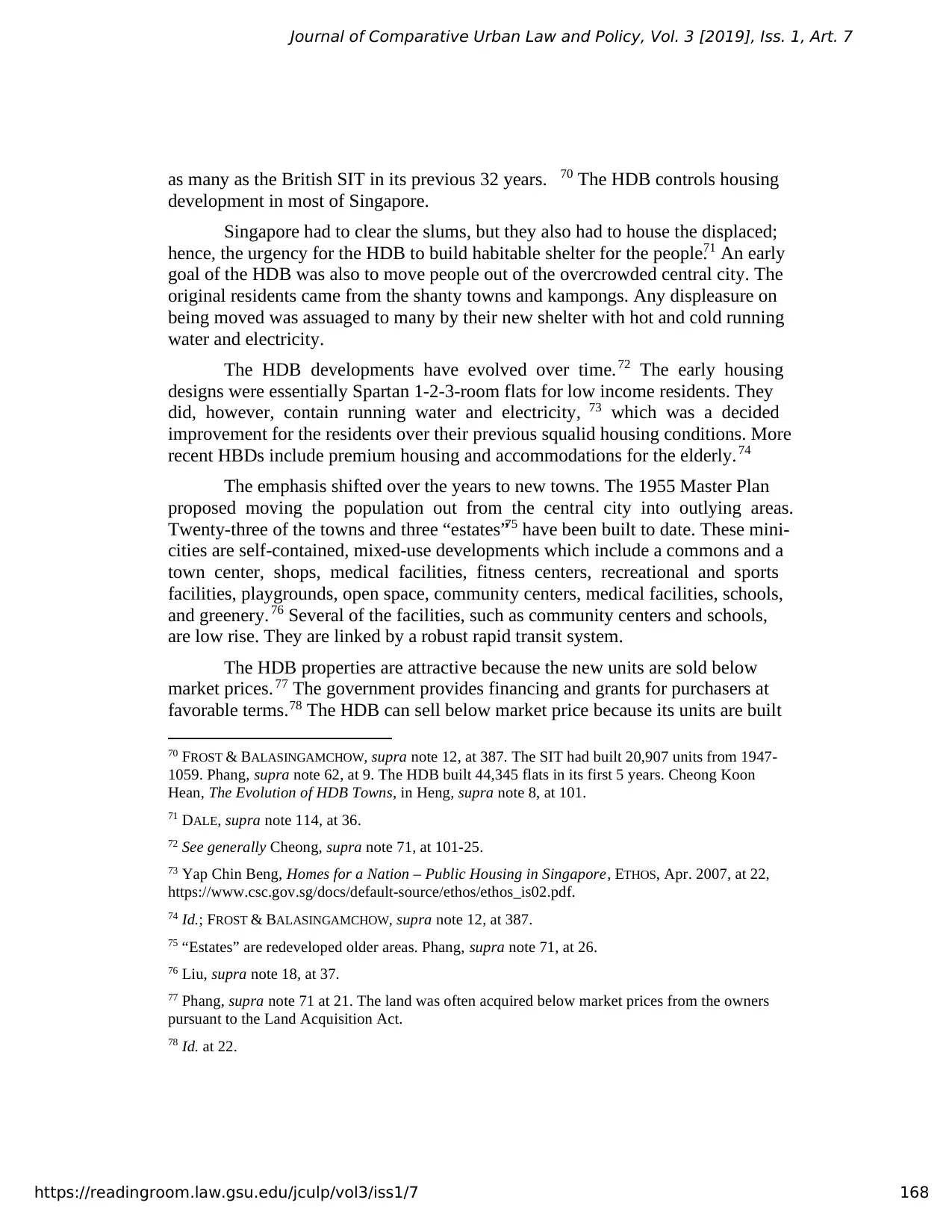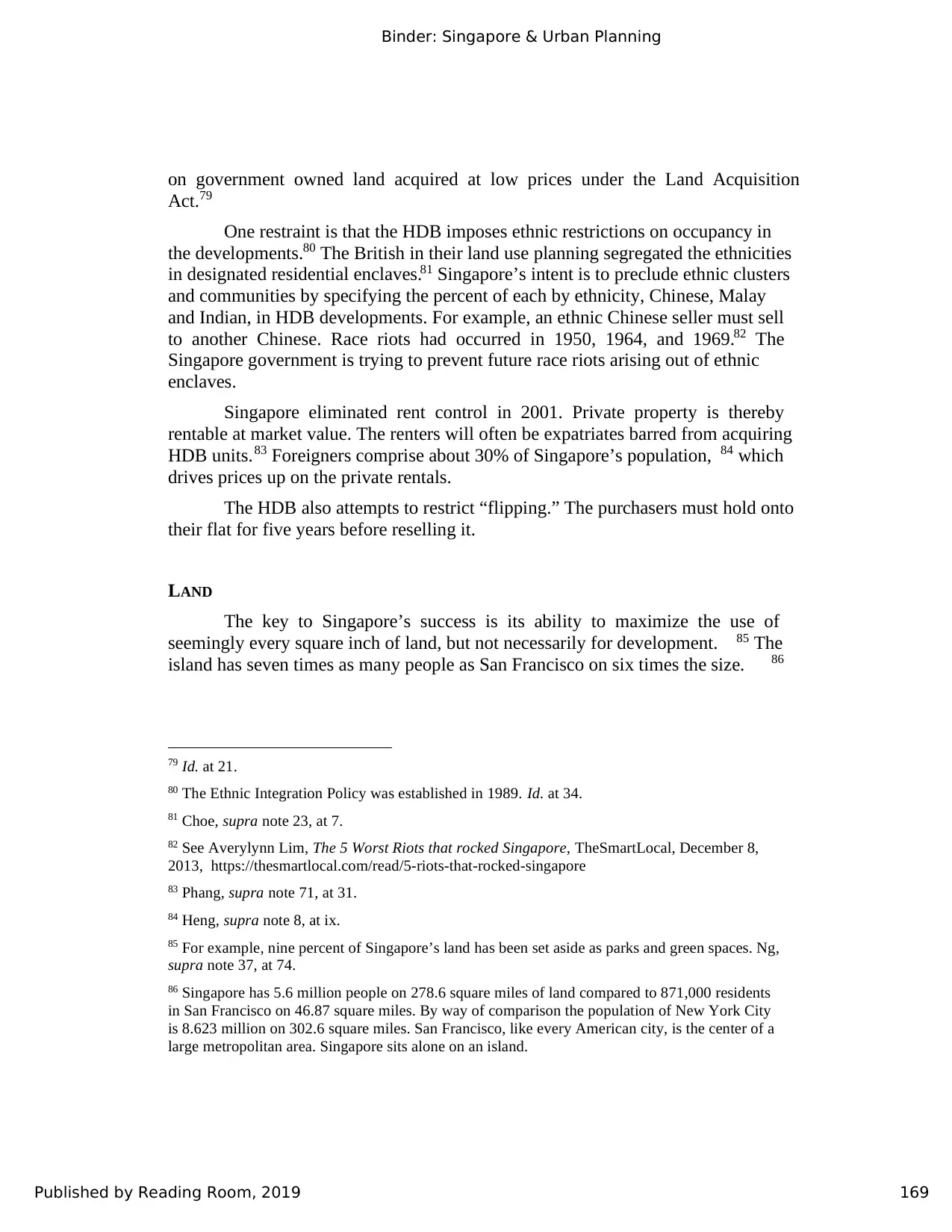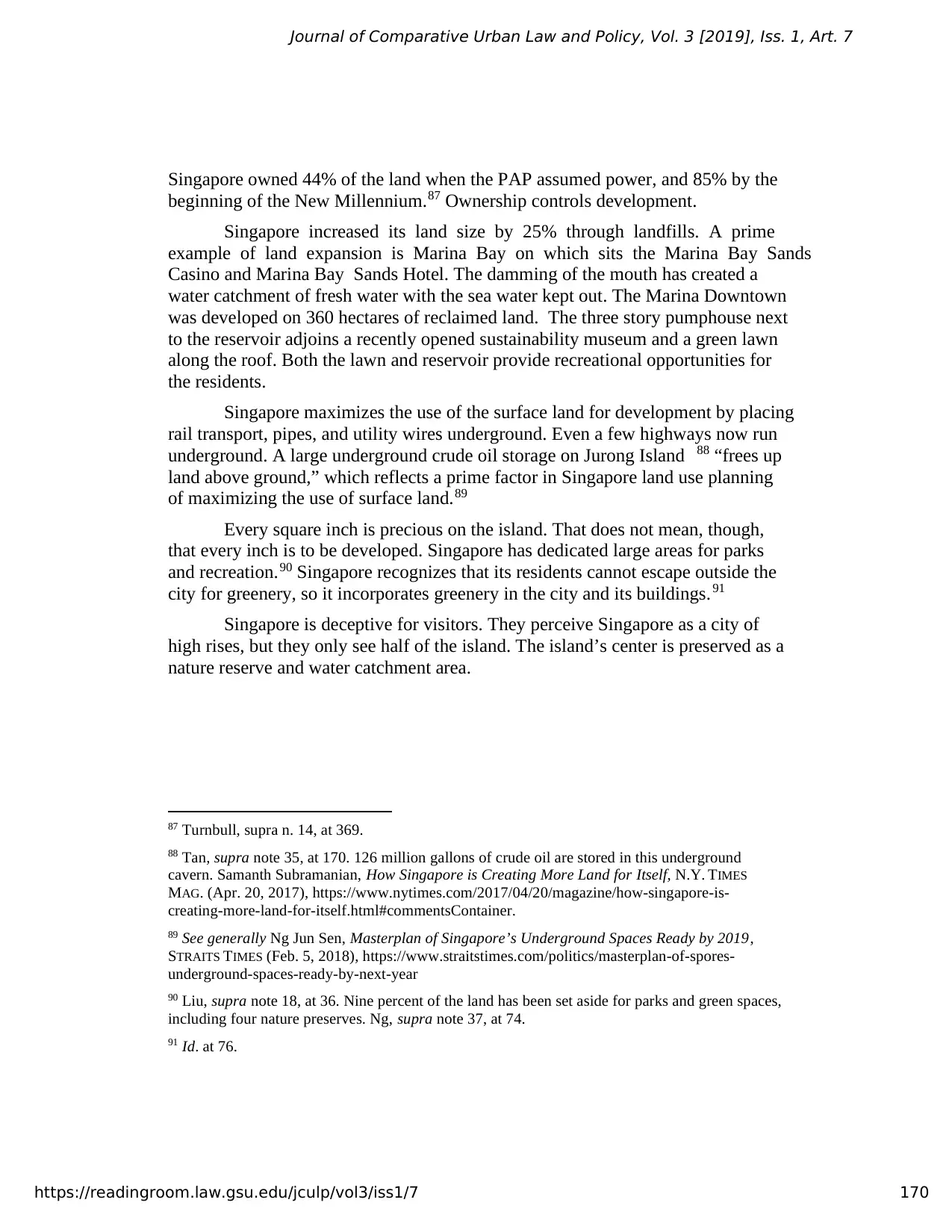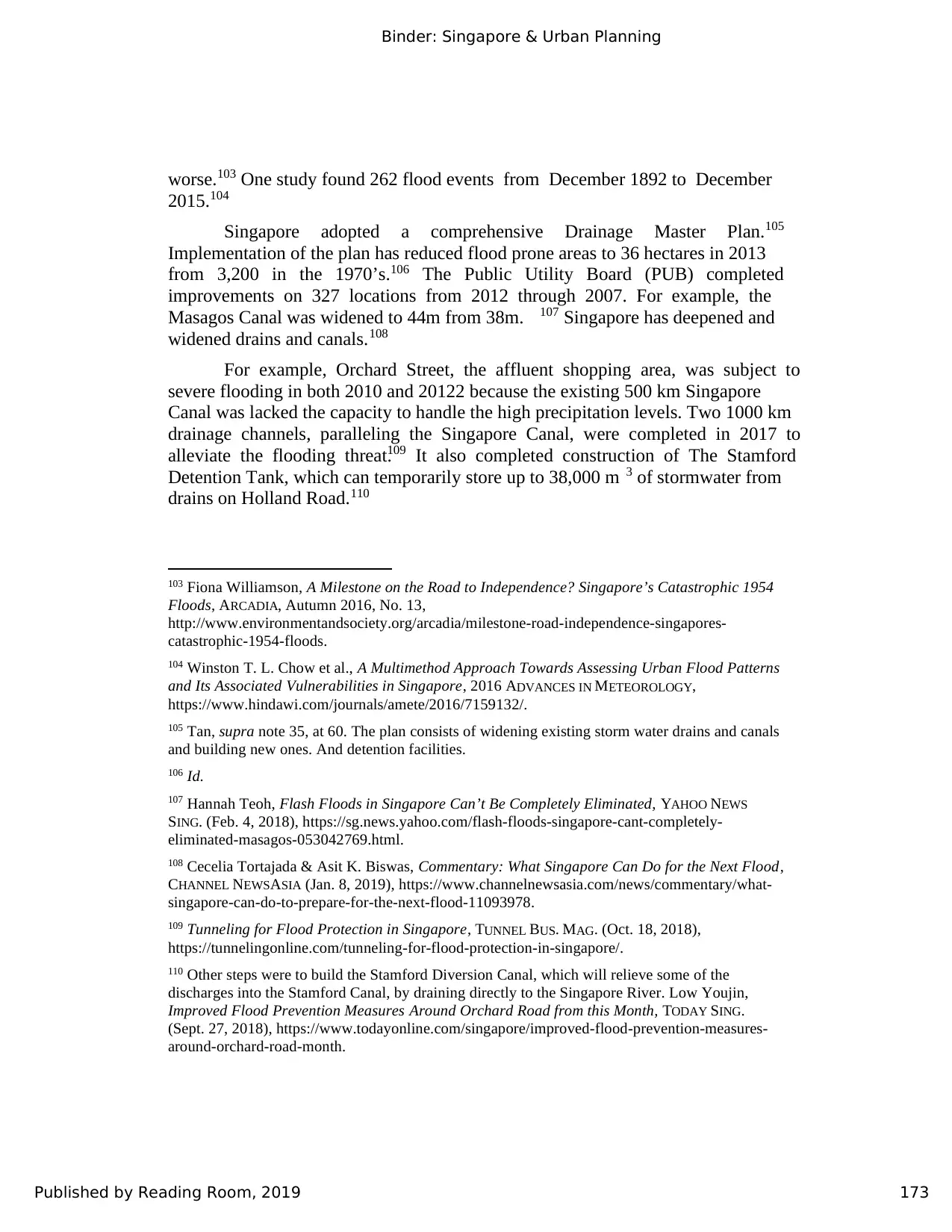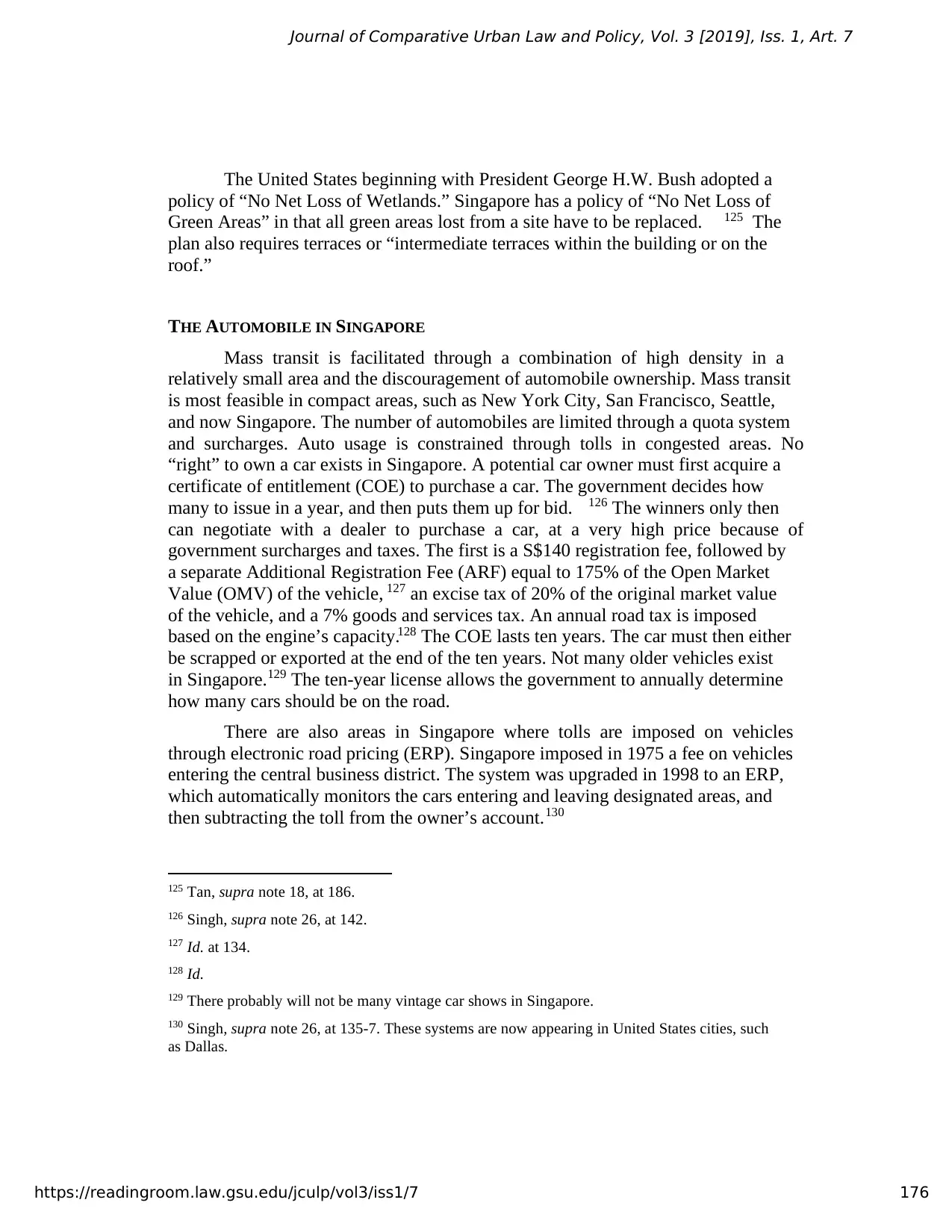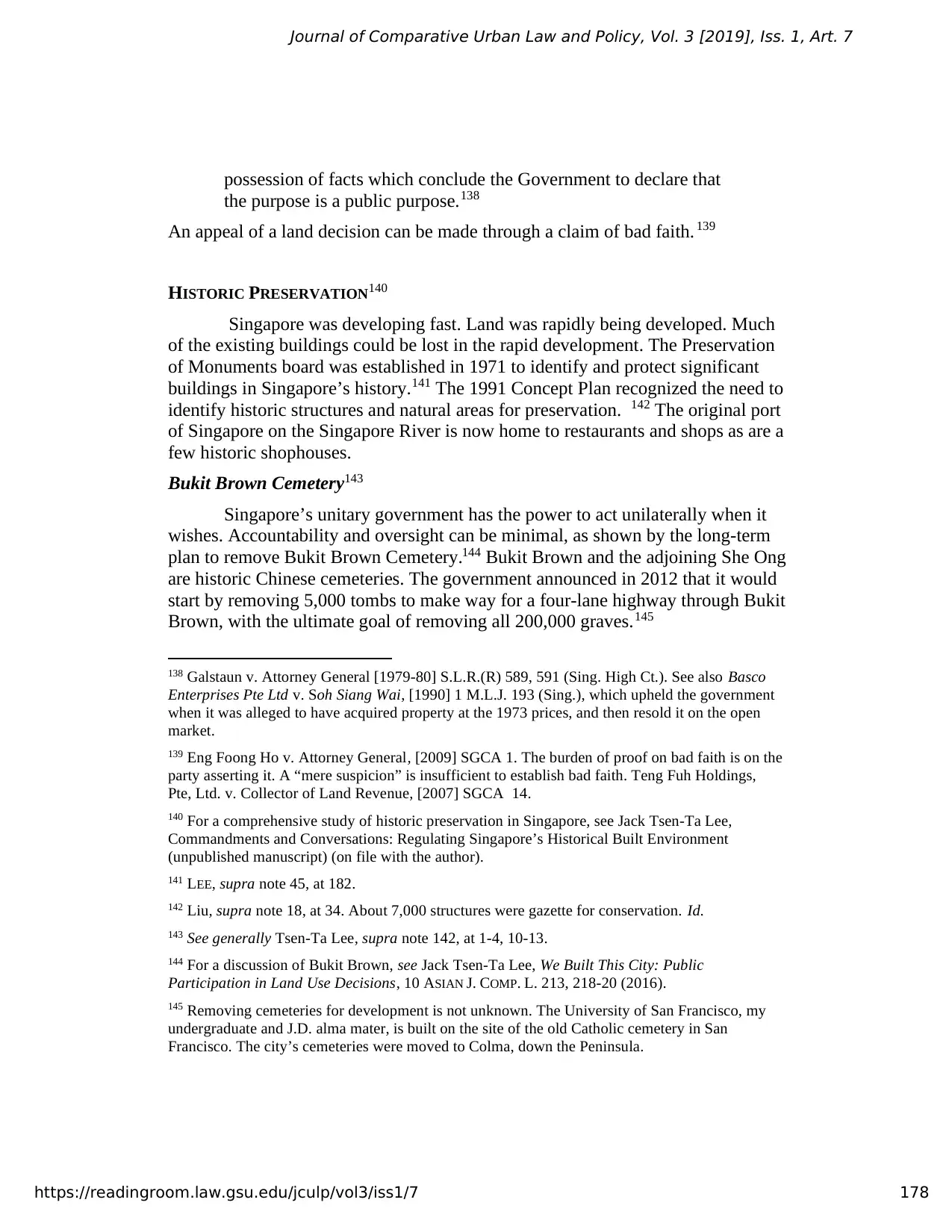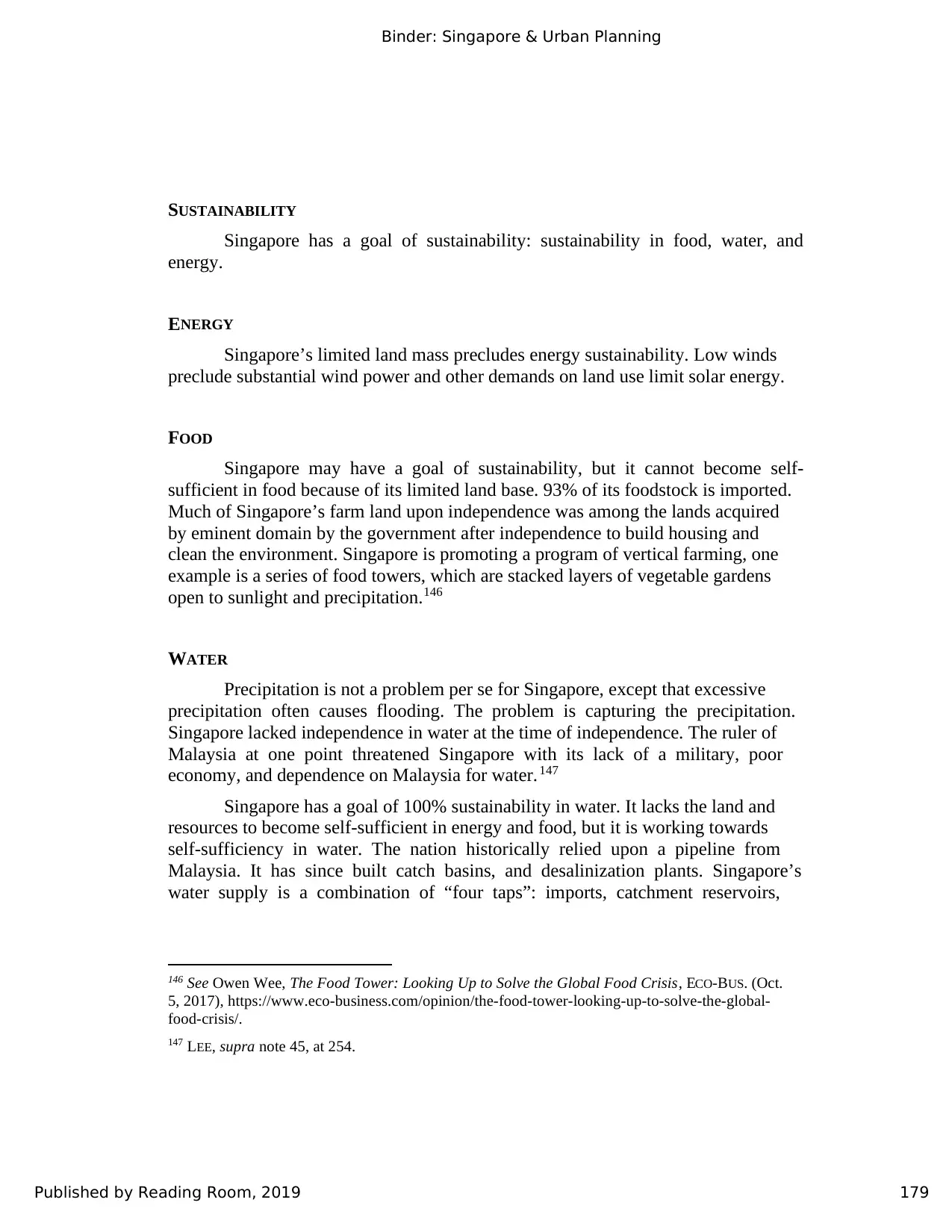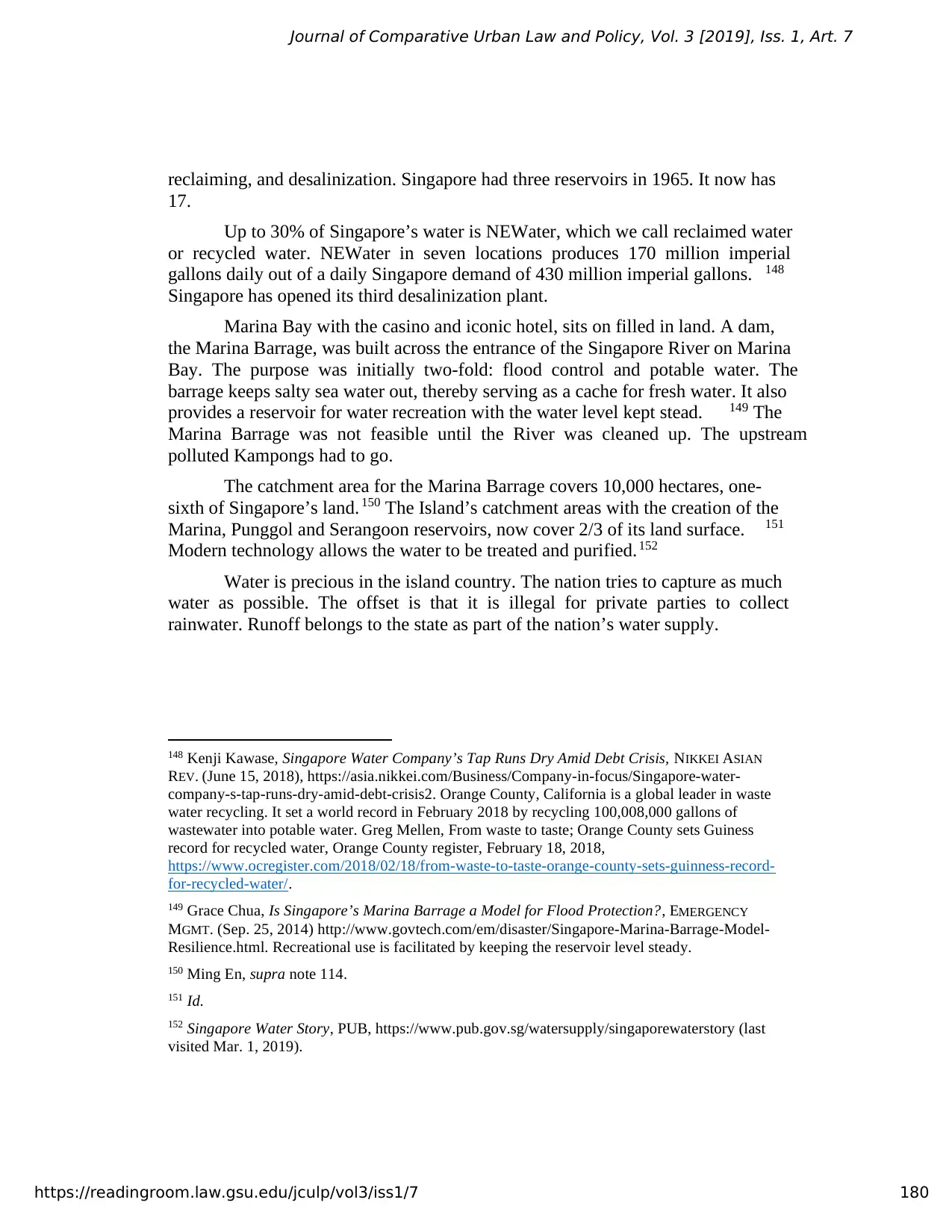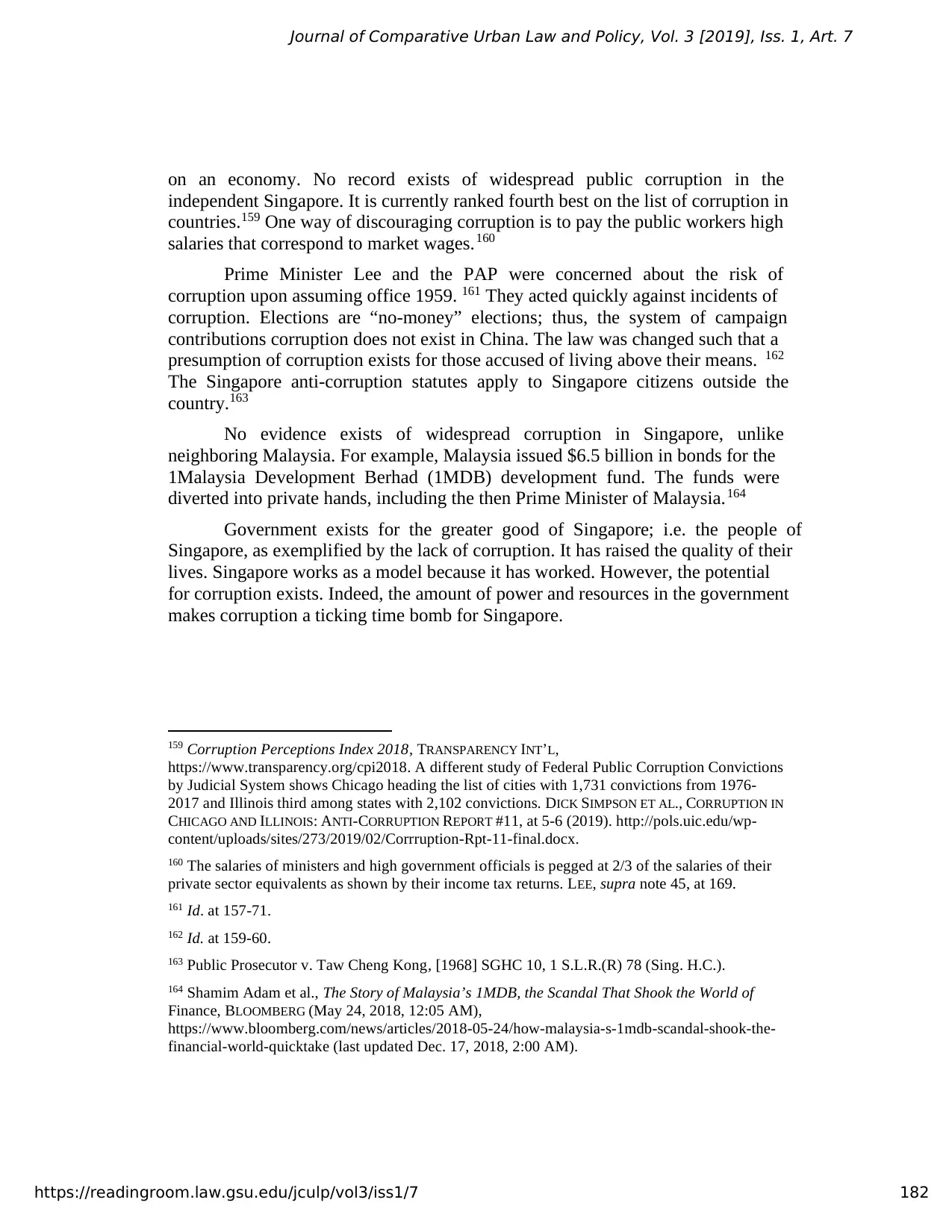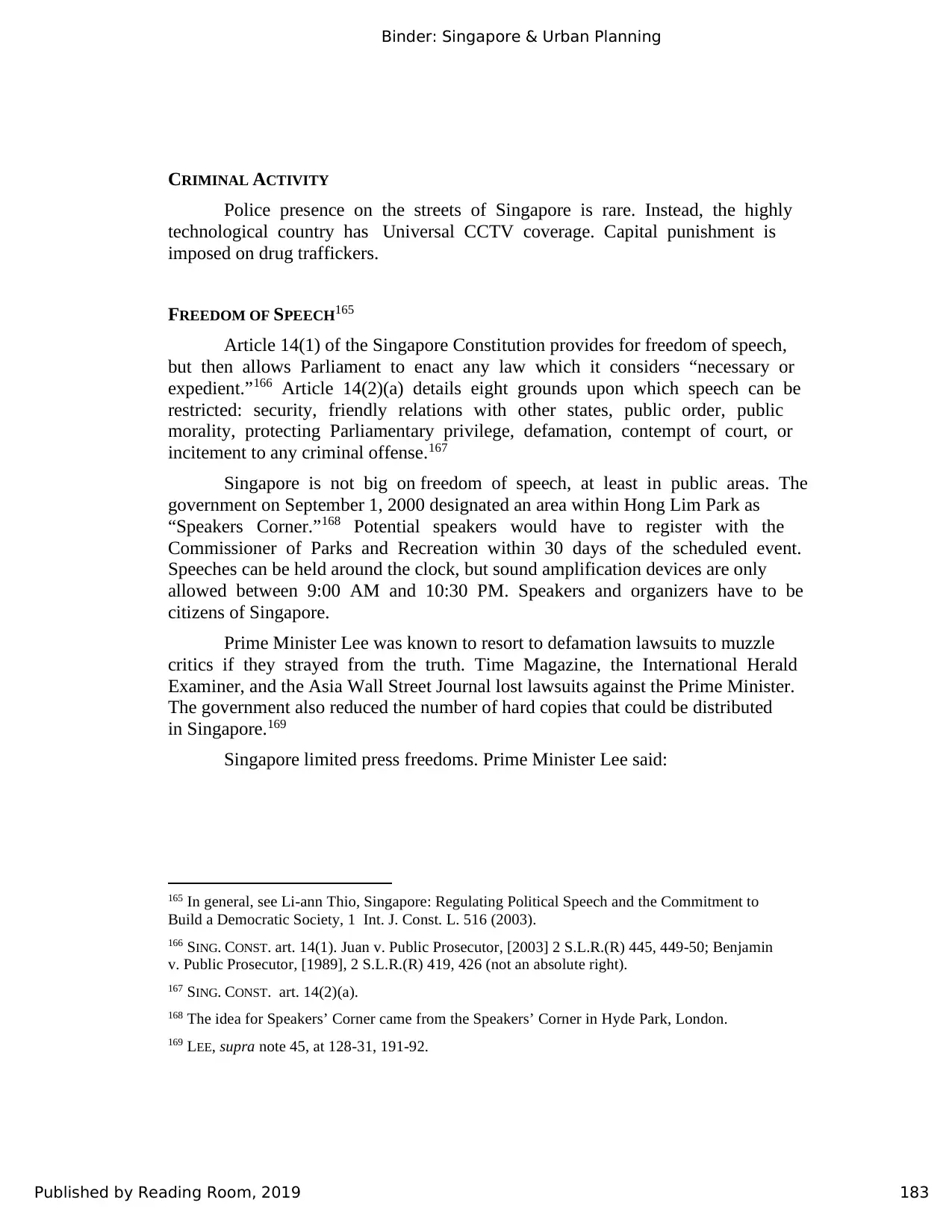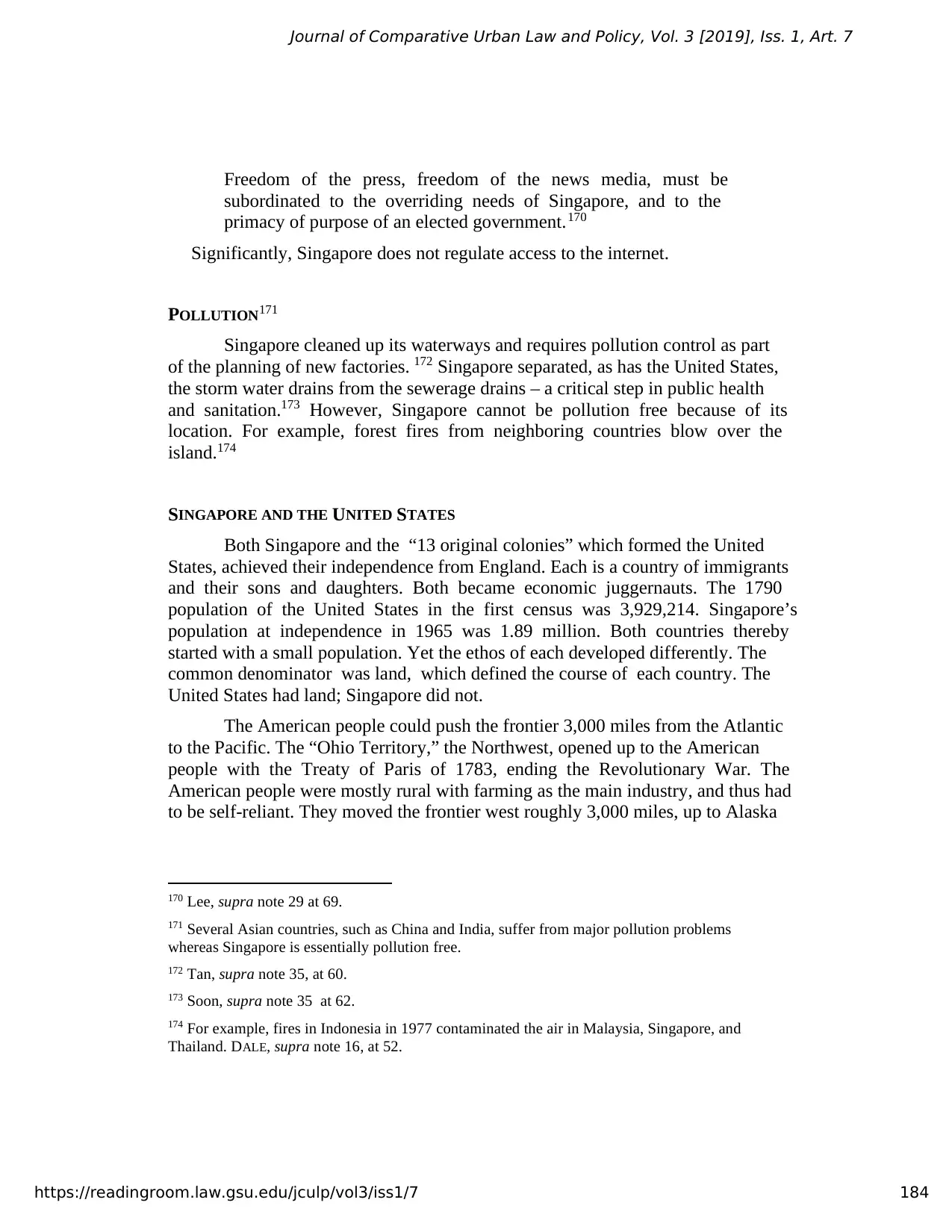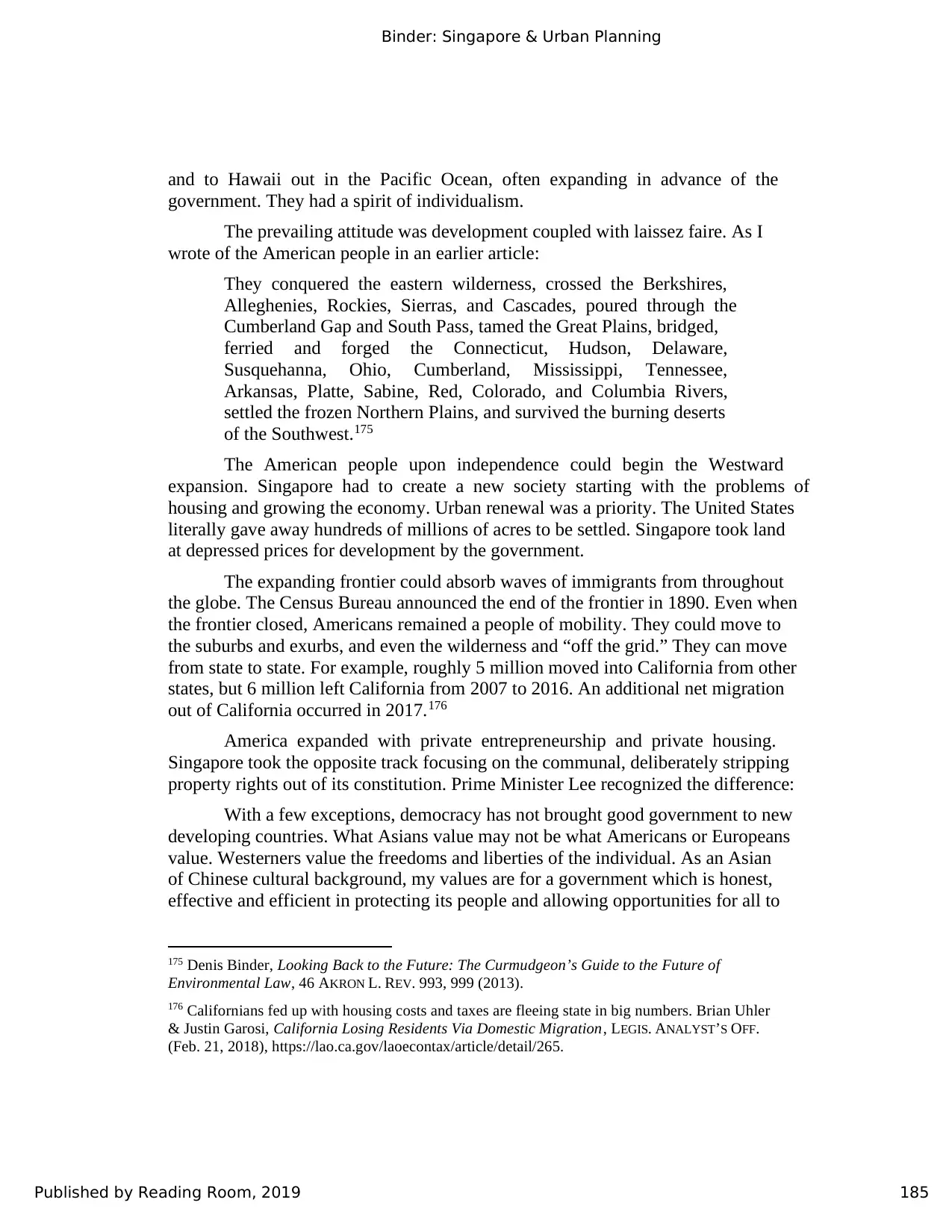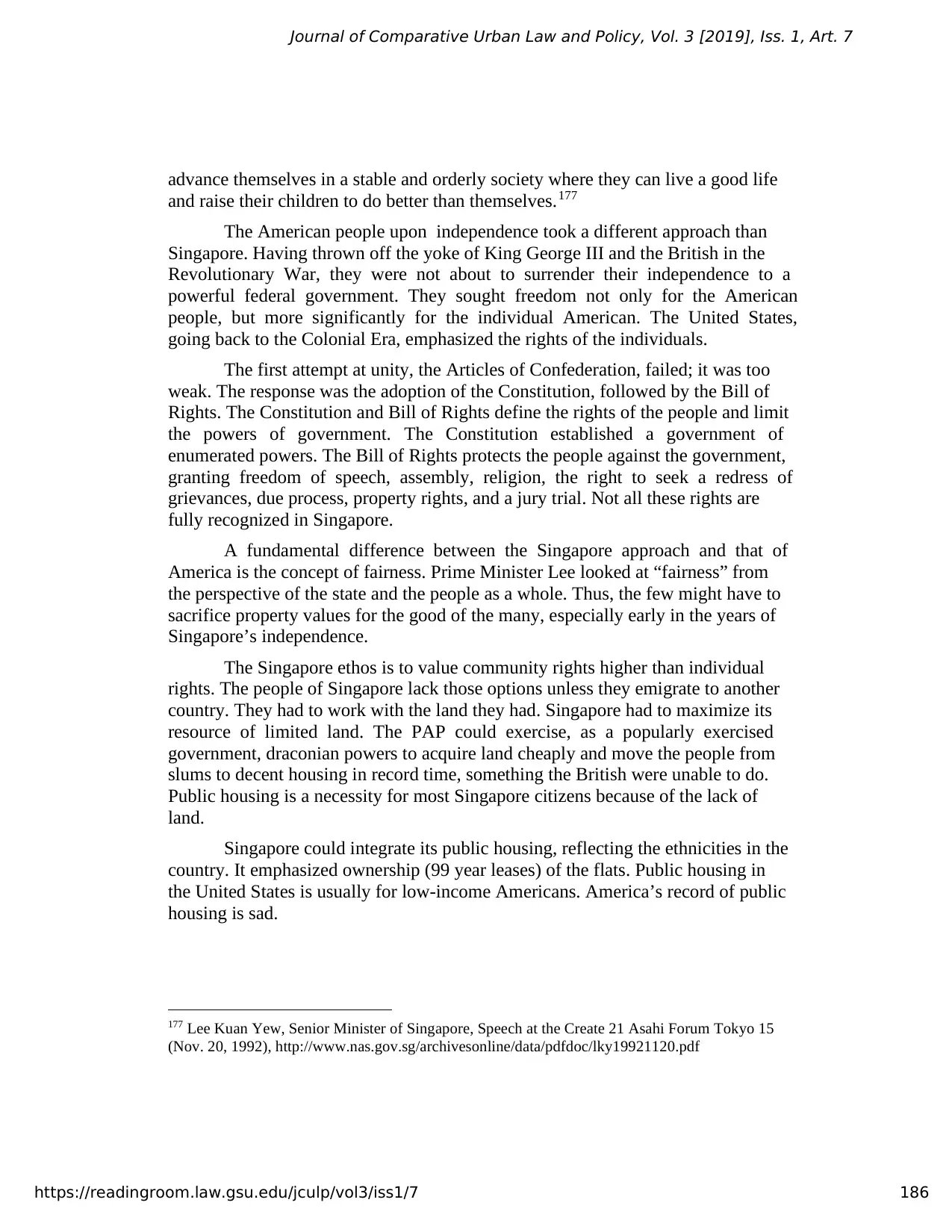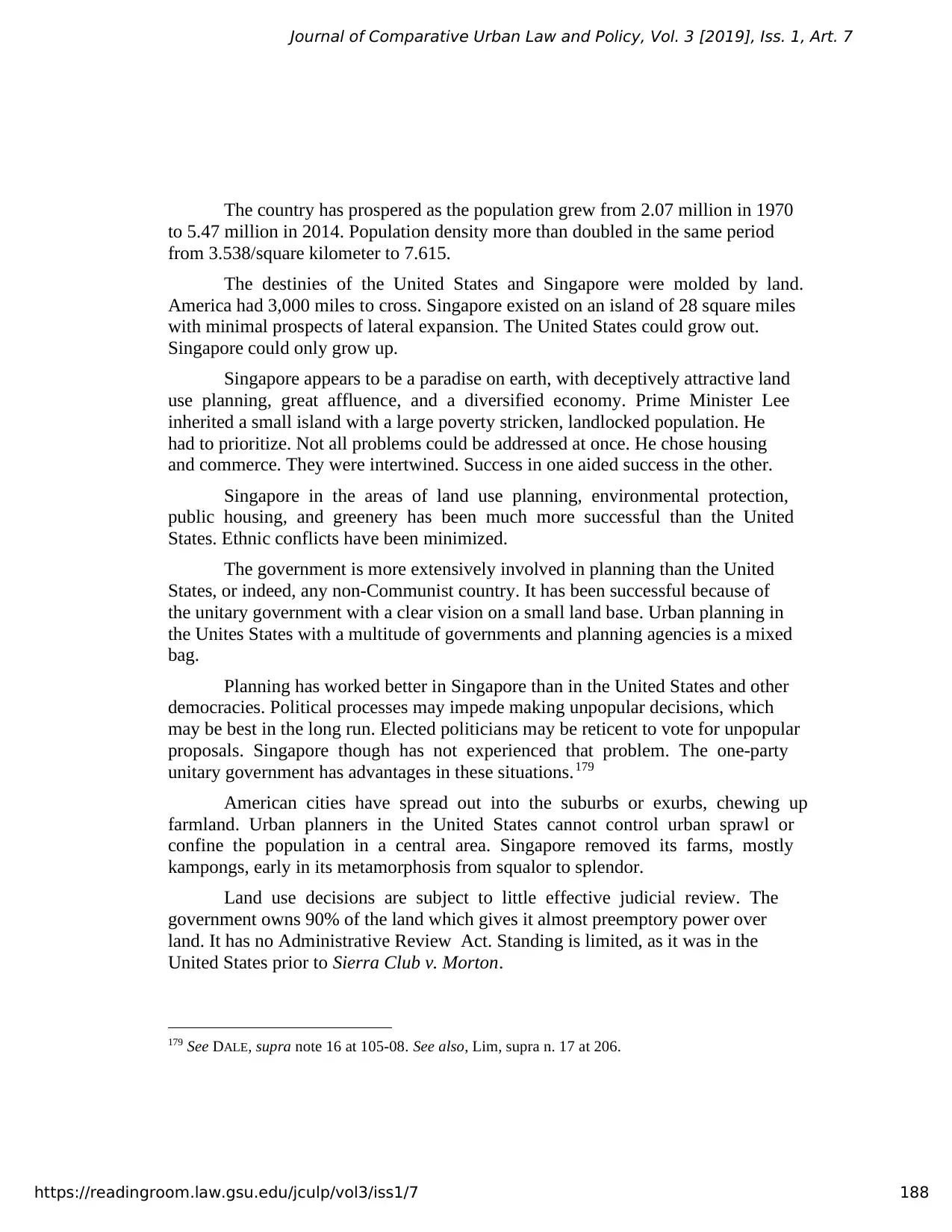Project: Singapore fifth Newater plant Purpose: To enable participants to apply the tools and techniques of decision analysis to a real world problem and, in the process, to deepen their understanding of decision analysis. Assignment question: Identify a public or private sector decision that was reported in the media in the past five years. The problem should be sufficiently “difficult” to merit decision analysis. Taking a standpoint from before the decision was made; your role is to act as consultants to the decision maker(s) by applying the tools of decision analysis to the problem. Your report should include: • Problem statement and objectives >> ~300 - 400 words • Decision tree structure with expected value analysis >> Provide decision tree • Risk profiles >> 350-400 words • Exploration of key uncertainties >>
![[object Object]](/_next/static/media/star-bottom.7253800d.svg)
![[object Object]](/_next/static/media/star-bottom.7253800d.svg)
